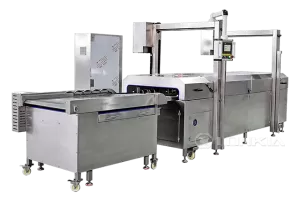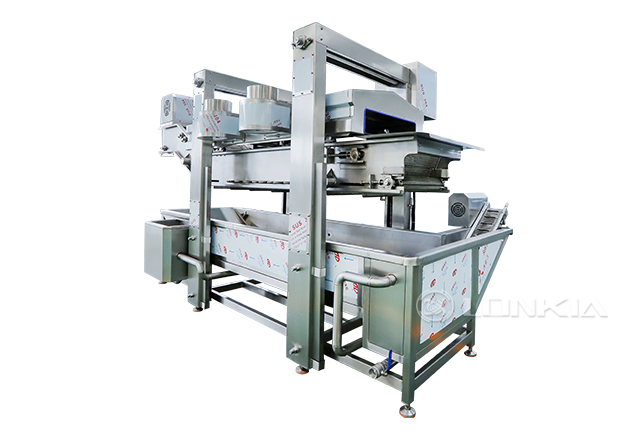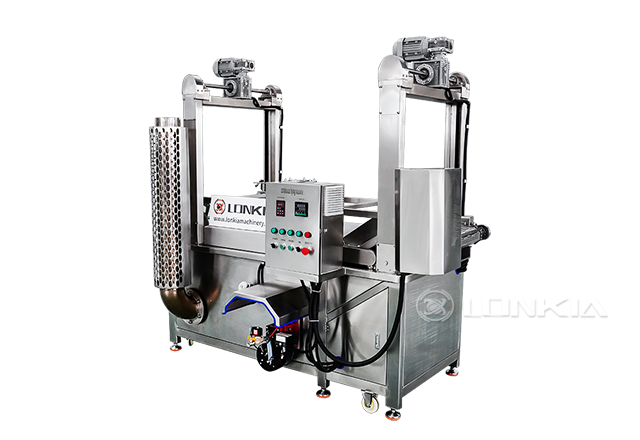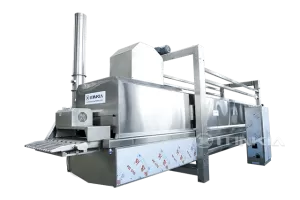In the world of frying technology, two prominent types often come into the spotlight - the batch fryer and the continuous fryer. Understanding the differences between them is crucial for businesses in the food industry, whether you're a small-scale food truck owner or a large-scale manufacturing plant. Let's dive deep into what sets these two apart.
Capacity and Throughput
- Batch Fryer: A batch fryer is designed to handle a specific quantity of food items in one go. It has a limited capacity within its frying chamber. For example, a typical small - to medium - sized batch fryer might be able to handle 5 - 20 pounds of fries or other fried products per batch. This makes it ideal for operations with relatively lower volume requirements or those that need to change product types frequently between batches. It allows for greater control over the frying process for each individual batch, ensuring consistent quality within that specific set of products.
- Continuous Fryer: On the other hand, continuous fryers are engineered for high - volume production. They can handle a continuous stream of food products being fed into the fryer. Some industrial - scale continuous fryers can process hundreds of pounds of food per hour. This makes them the go - to choice for large - scale food production facilities that need to maintain a constant supply of fried products to meet market demands.
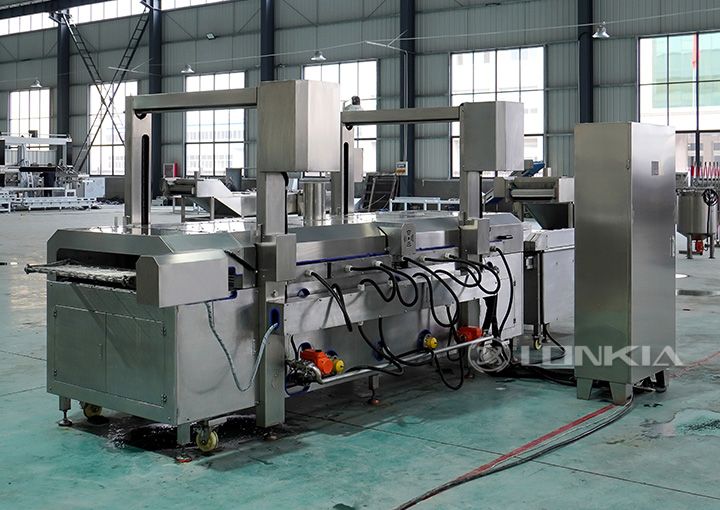
Frying Process and Consistency
- Batch Fryer: In a batch fryer, the temperature and frying time need to be carefully monitored and adjusted for each batch. However, this also means that there can be slight variations in the frying quality from one batch to another, especially if the operator's settings or ingredient loading are not completely consistent. But with proper training and standard operating procedures, these variations can be minimized.
- Continuous Fryer: Continuous fryers are equipped with advanced temperature control and conveyor systems. The food moves through the fryer at a constant speed, ensuring a more uniform frying time and temperature exposure. This results in a highly consistent product quality, which is essential for large - scale operations that require a uniform taste and texture across all their fried goods.
Space and Footprint
- Batch Fryer: Batch fryers usually have a relatively smaller footprint compared to continuous fryers. They are often more compact and can be easily installed in smaller commercial kitchens or food trucks. Their size makes them a flexible option for businesses with limited space.
- Continuous Fryer: Continuous fryers, due to their larger capacity and conveyor - based design, require more space. They are typically found in large industrial kitchens or dedicated food production facilities where there is ample room for installation and operation.
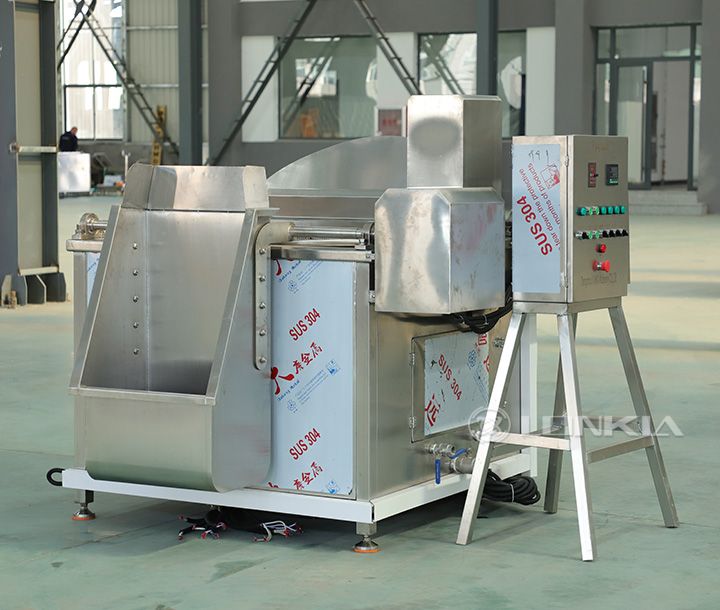
Cost Considerations
- Initial Investment: Batch fryers generally have a lower initial cost compared to continuous fryers. Their simpler design and smaller size contribute to this affordability. This makes them a more accessible option for small businesses or startups with budget constraints.
- Operating Costs: While batch fryers may have lower upfront costs, continuous fryers can be more energy - efficient in the long run, especially when operating at high volumes. The continuous operation allows for better utilization of energy resources, reducing the cost per unit of fried product. However, maintenance costs for continuous fryers can be higher due to their more complex mechanical and control systems.
In conclusion, both batch fryers and continuous fryers have their unique advantages and are suitable for different types of food production scenarios. By understanding these differences, businesses can make an informed decision when choosing the right frying equipment for their specific needs, whether it's for crafting artisanal fried snacks in a local café or mass - producing frozen fried foods for a national market.




